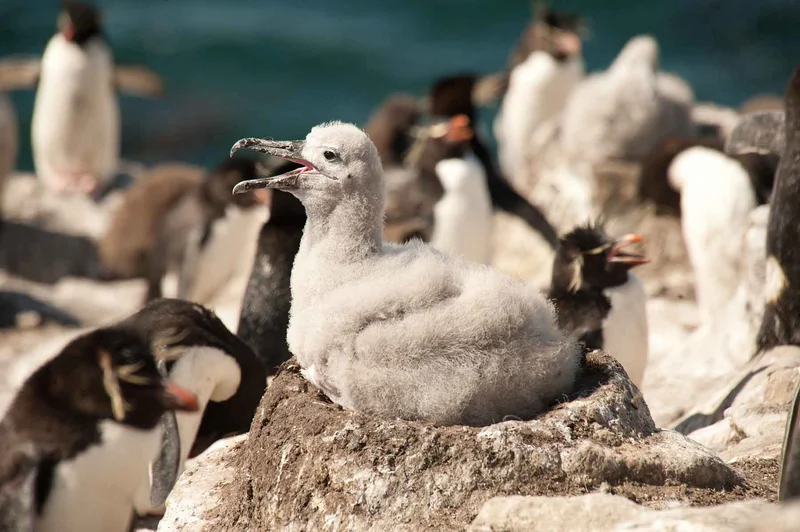

18 Day Antarctica Itinerary
Day 1: Arrival and embarkation in Ushuaia
Ushuaia is the southernmost city in the world. You can explore this lively Patagonian town or take a walk in the nearby forests. Consider a trip into Tierra del Fuego's raw, natural landscape. Tierra del Fuego, the island, is an ideal hiking destination with its rugged mountains and glaciers. It also has flower-filled fields, boggy wetlands, and meadows. We board the vessel that is waiting for us to arrive in port.
Our expedition starts after our safety drill. We navigate the Beagle Channel, named for Charles Darwin’s ship. The steeply-sided Strait that divides Tierra del Fuego in southern Argentina and Chile has served as the starting point of thousands of explorations. As we enter the Drake Passage, keep an eye out for dolphins and whales.
Day 2: At sea towards the Falkland Islands
We follow the South Atlantic ocean currents to the seldom-visited Falkland Islands.
The indigenous Yaghans of Tierra del Fuego might have been on the Falklands (Malvinas), but there was no native population in those islands when Europeans first arrived, at the beginning of the 16th century. Since then, the sovereignty of these islands has been contested by historical Spanish, French and British claims. The islands were politically established as a British Colony in 1840. In 1982, tensions led to a dispute between Britain and Argentina over the islands. Conflicts have a long-lasting impact. While the United Kingdom provided much needed development aid, it also heavily mined many of the islands. The islands are flourishing since the conflict, and have sold lucrative fishing rights in their rich waters. In 2020 the de-mining was complete. The islands' Governor and the Zimbabwean team that has made Falklands home played a friendly football game on the final patch of the de-mined land.
Binoculars are a must! The Falklands waters have some of the most diverse wildlife in the world. Huge populations of whales, seals and penguins feed where the cold Antarctic waters mix with the warm waters of South Atlantic. Join your Expedition Team lecturer to learn about the fascinating history and biology of these islands, as well as their unique culture, or join them for a tour.
Day 3 & 4: Falkland Islands, visit Port Stanley
Falkland Islands (also known as Islas Malvinas in Spanish) is a British Overseas Territory located 750 km from Antarctic Peninsula and 300 miles away from Patagonian coast.
There are two main islands and over 770 smaller islands. About 3,400 islanders are hardy enough to live on the islands. There is a history of conflicting sovereignty on the islands. The islands were uninhabited until early in the 1700s.
In recent years, the islands have diversified their economy to include sustainable tourism. Historically, fishing, whaling, and farming were major economic drivers. They have a variety of bird species, some that are unique to the islands, and restore habitats destroyed by grazing. The islands also practice sustainable farming.
There are many places where you can see seals, penguins and other rare birds. Whales and dolphins are often seen in the Sound and along the shores of the island.
Visitors have commented on how Stanley reminds them of England 50 years ago.
Day 5 & 6: At sea, en route to South Georgia
We continue eastward from the Falklands to South Georgia, following the wild seas. As we approach the Furious Fiftys, the powerful stretch of waters that marks the entrance to Antarctic waters, watch as the temperature drops. Now we're in Antarctic waters. Our vessels will provide you with the power of their engines and stability from the specially designed X-Bow, allowing for a two-day crossing.
Our dedicated Expedition Team is here to help you biosecure all your clothes and equipment in order to preserve the fragile and rich South Georgia ecosystem. They will also continue their detailed lecture program, which focuses on South Georgia's fascinating biology, history and wildlife. Join your Expedition Team on the deck and wrap up warm. This section of South Atlantic is among the world's most bio-productive on Earth and is home to a vast amount of wildlife, from penguins and whales to albatrosses and seals. In this area, subantarctic species such as Fur Seals mix with true polar animals (such Adelie Penguins) creating an interesting ecological mixture.
Day 7 to 9: South Georgia Island, wildlife paradise of the South Atlantic
The Southern Ocean is cloaked in a blanket of clouds. A stripe of jagged mountain pierces the cloud cover. Glaciers peek out from deep fjords, and ice-capped peaks tower over the storm-washed beach. South Georgia, which was first believed to be the landing place of Captain James Cook by legend, is a daunting sight to even modern explorers. If you look closely, however, you can see greenery in between the ice and movement along the beach. You will also notice wings above the sky.
South Georgia, while it may seem impossible to imagine today, was once the world's most polluted environment. Sealers, lured by the abundance of seals on the island, poured in after Cook and slaughtered them indiscriminately. South Georgia was the largest whaling location in the world after the seals were almost completely exterminated. Several settlements were built for this mass slaughter. The Norwegian whalers introduced the reindeer to South Georgia as a game. This quickly destroyed native vegetation on the island. Brown rats, introduced accidentally by Europeans, ate seabirds' eggs and larvae.
The island has been restored to its glory, thanks to extensive conservation efforts (including the painstaking removal of rats and reindeer). The beaches are dotted with thousands of King Penguins. These elegant creatures may be among the most beautiful on Earth. The seals are fiercely competing for territory and mates, and must compete for space against the many Antarctic fur seals. They also have to avoid the huge southern elephant seals weighing as much as four tons, the Earth's biggest seal. South Georgia Pippits, Pintail Ducks and other small birds (once nearly extinct), are abundant. Petrels, Albatross and Shags wheel and nest in the hills and on steep slopes. Fur seal pups are playing in the shallows while leopard seals hunt for the next meal of penguins. Offshore, many whale species feast on krill. South Georgia is the only place on Earth that can boast such an abundance of wildlife and such diversity.
Our itinerary, as in Antarctica will depend on the weather, sea conditions and especially wind and swell. However, our Expedition Team will do their best to maximize exploration opportunities. You can visit the penguin colony of St Andrew's Bay and Salisbury Plain, see the old whaling station of Lieth, enjoy the seal colonies and scenery of Gold Harbour or explore the fascinating exploration history of this island at Grytviken, where the legendary explorer, Sir Ernest Shackleton, is buried. South Georgia has a way of grabbing your senses, and not letting go. Even after you leave the island, this jewel in the South Atlantic won't let you forget it.
Day 10 & 11: At sea - crossing the Drake Passage southbound
The time has come to travel across the famous Drake Passage, the waterway that separates Patagonia from the Antarctic Peninsula. Drake Passage has a reputation for strong winds and rollicking weather conditions - also known as the Furious Fifties or Screaming Sixties. This passage is challenging but you will be able to rest in comfort aboard one of our expedition ships, equipped with powerful engines, stabilizers and highly qualified crew. Drake Passage is a life-long achievement for the most adventurous sailors. You will make it twice.
We will use our days at the Drake Passage to prepare for our trip to Antarctica. Your Expedition Leader will provide you with detailed information on safety and how to minimize your impact in this wilderness. He will also give you tips on wildlife viewing and our exploration plans. The Expedition Team is back to help you biosecure clothing and gear, and share tailored lectures about Antarctic exploration history and wildlife.
Day 12 to 15: Antarctic Sound, Antarctic Peninsula and South Shetland Islands
In the coming days we'll enjoy an exciting and safe Antarctic adventure that explorers from centuries past could only imagine.
The South Shetland Islands are the starting point for our Antarctic expedition. They consist of a series of rugged rocky islands that mark the northernmost tip of Antarctica. The South Shetland Islands are also rich in wildlife. There are large Gentoo Penguin and Chinstrap Penguin colonies, as well as a variety of seabirds, including the predatory Giant Petrels. The South Shetland Islands have many landing sites to visit, including the rusting and black sands of Deception Island and the vibrant penguin colonies on Aitcho Island and Half Moon Island.
In the Gerlache Strait, we will spend the next few days exploring the Antarctic Peninsula further south. The region can be icy so the exact itinerary will need to be carefully planned by our Expedition Leaders and Captains and communicated to guests in regular evening briefings. We will visit sites that showcase this stunningly beautiful area.
Gerlache Strait, which is composed of the "spine" of Antarctic Peninsula as well as a number of mountainous and glaciated islands, comes to most people's minds when they think about Antarctica. On a Zodiac Cruise in Paradise Bay, you can marvel at massive icebergs. On Cuverville Island, be moved as penguins fiercely defend their nests and tenderly care for their eggs. Hike over active glaciers in Neko Harbour to see ice waterfalls into the clear, blue water. Visit the historic Damoy Point huts, which have been lovingly renovated and are open to everyone. On a Zodiac Safari in Wilhelmina Bay, you can feel the water spray from a humpback's blow. On a Lemaire Channel ship cruise, you can marvel at the breathtaking scenery. The Antarctic Peninsula is home to endemic animals, fascinating history, and stunning natural beauty.
All human activities in Antarctica are subject to Mother Nature's whims. We will do everything we can to maximize the opportunities for exploring off the ship, but the safety of both our guests and our crew comes first. Our guests are asked to be open-minded and flexible, as we want to encourage them to embrace the spirit of expedition. We will do our best to maximise the opportunities for exploration off the vessel, but the safety of both our passengers and crew is our top priority.
Day 16 & 17: Drake Passage
We will eventually leave Antarctica and travel north through the Drake Passage, returning to the Beagle Channel, where we'll arrive in Ushuaia. Our guests will have the opportunity to reflect upon their journey during our time at Sea. Enjoy a cocktail at the Nordic Bar with new friends. Learn from our Expedition Team's passion and knowledge during the lectures held in the Shackleton lounge. Or simply watch the flight of albatrosses that accompany us to the north.
Join the captain and officers for a Farewell Cocktail Party. Then, our onboard Photographer will present photos and videos, allowing you to revisit your Antarctic experience.
Day 18: Arrival in Ushuaia and disembarkation
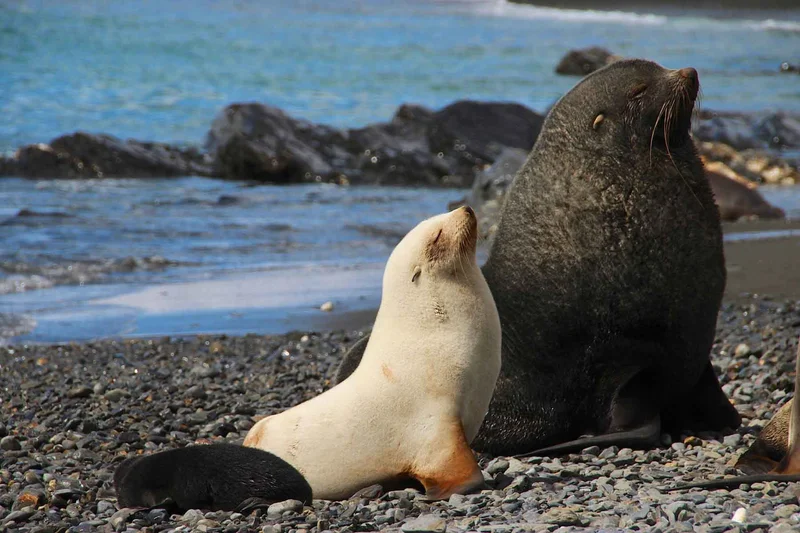




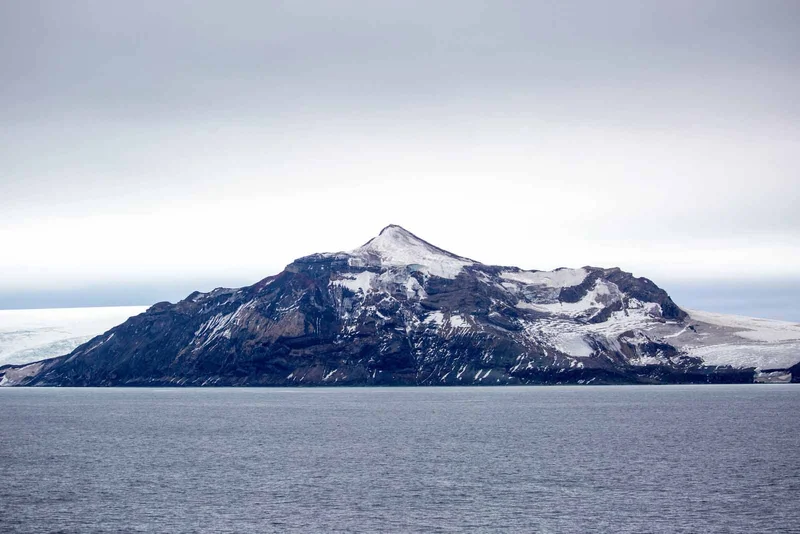
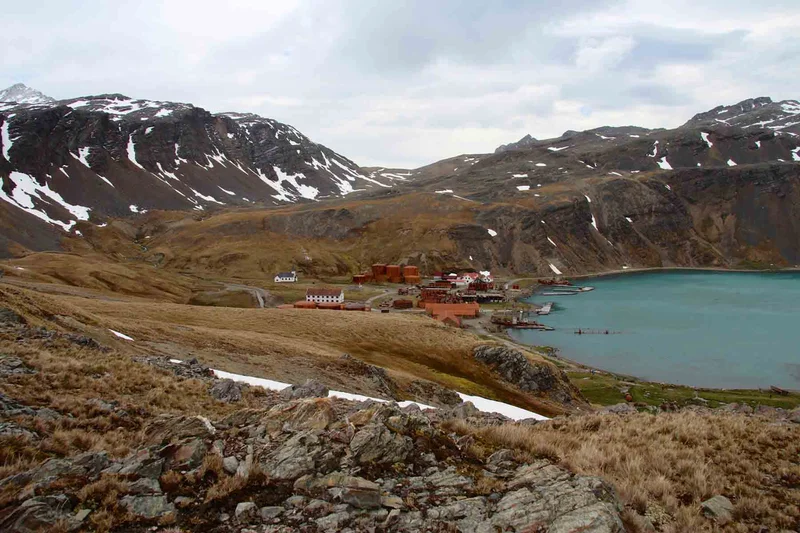
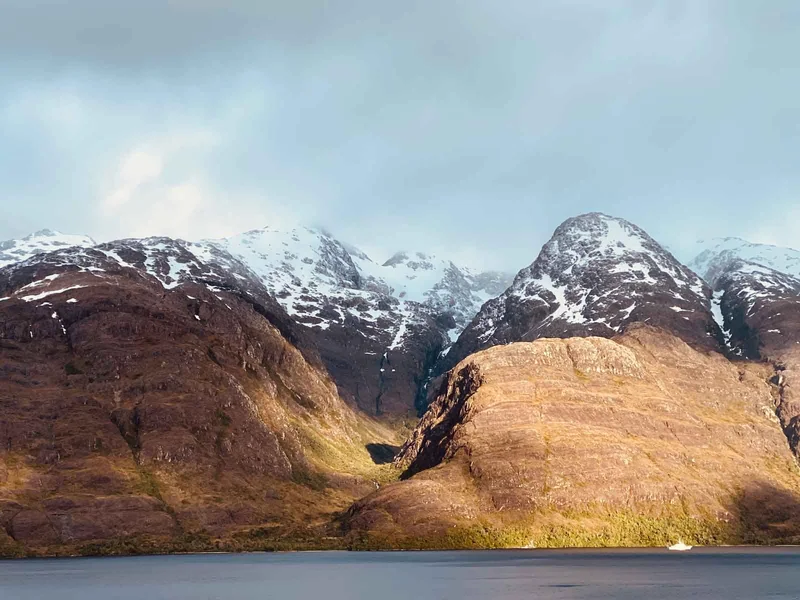

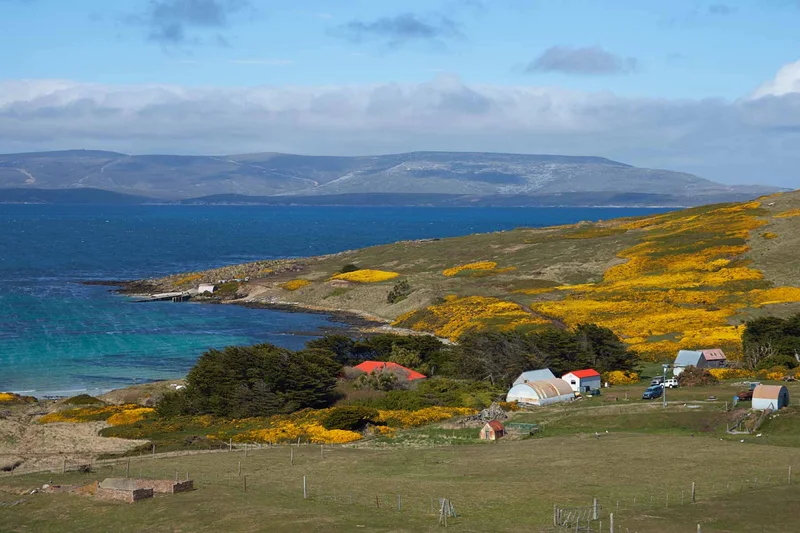

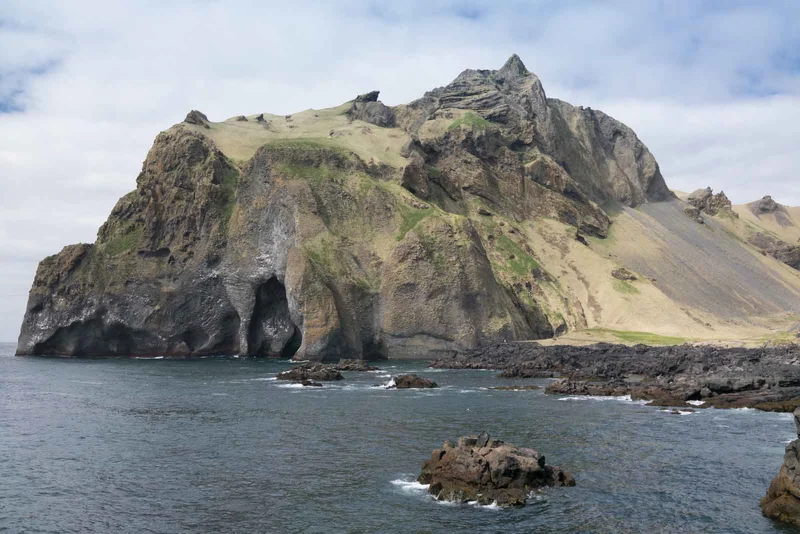


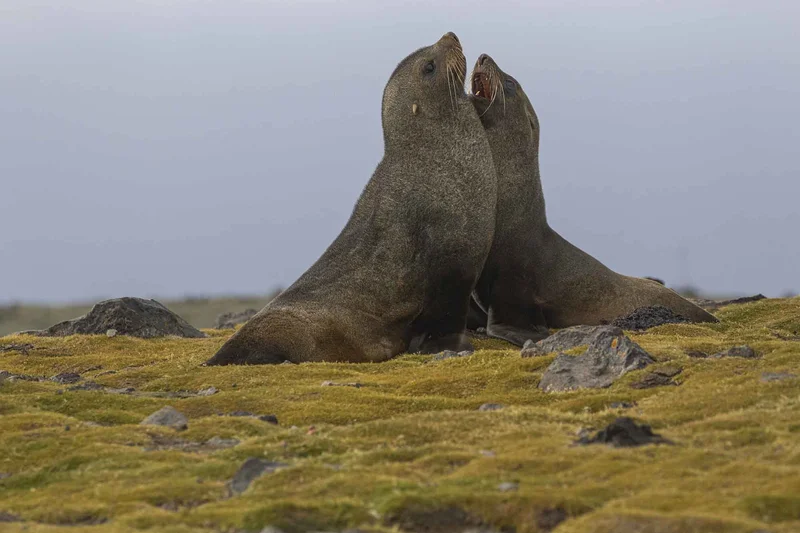
18 Day Antarctica Itinerary Includes
- Embarkation shuttle transfer to the vessel from Ushuaia city centre
- Shuttle transfer after disembarkation from the ship to Ushuaia city centre or airport
- All Zodiac landings and excursions, as per itinerary, guided by our Expedition Team
- Expedition parka
- Rubber boots loan scheme
- Briefings and lectures by our Expedition Leader and Team
- English-speaking Expedition Team
- Full board on the ship - breakfast, lunch, dinner and snacks
- Complimentary house wine, beer and soda at dinner (selected labels and brands, served at our a-la-carte dinners)
- Free tea and coffee available 24 hours
- Taxes and landing fees
- Special photo workshops
- Welcome and Farewell Cocktail Parties
18 Day Antarctica Itinerary Does not Include
- Extra excursions and activities not mentioned in the itinerary
- Single room supplement and stateroom upgrades
- Meals not on board the ship
- Beverages (other than coffee and tea)
- Tips for the crew (we recommend USD 14 per person per day)
- Personal expenses (e.g. Albatros Polar Spa services, Albatros Ocean Boutique purchases)
18 Day Antarctica Itinerary Highlights
- Crossing the Drake Passage
- Visiting the South Shetland Islands
- Exploring the Antarctic Sound
- Entering the Weddell Sea
- Sailing between Elephant Island and South Georgia
- Visiting the Falkland Islands
Itinerary Map
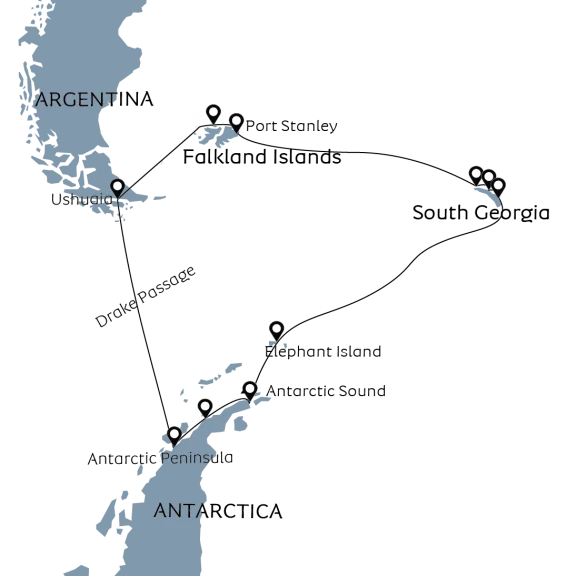
Cruise options for this itinerary
18 Day Antarctica cruise activities


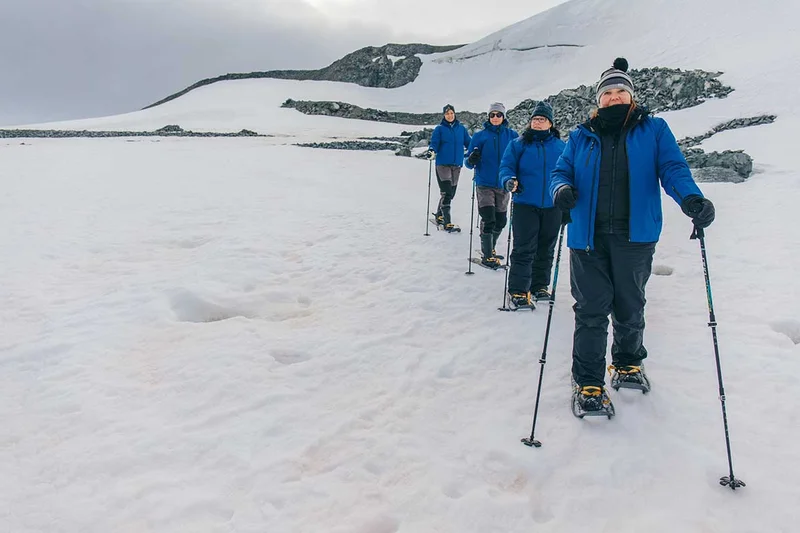
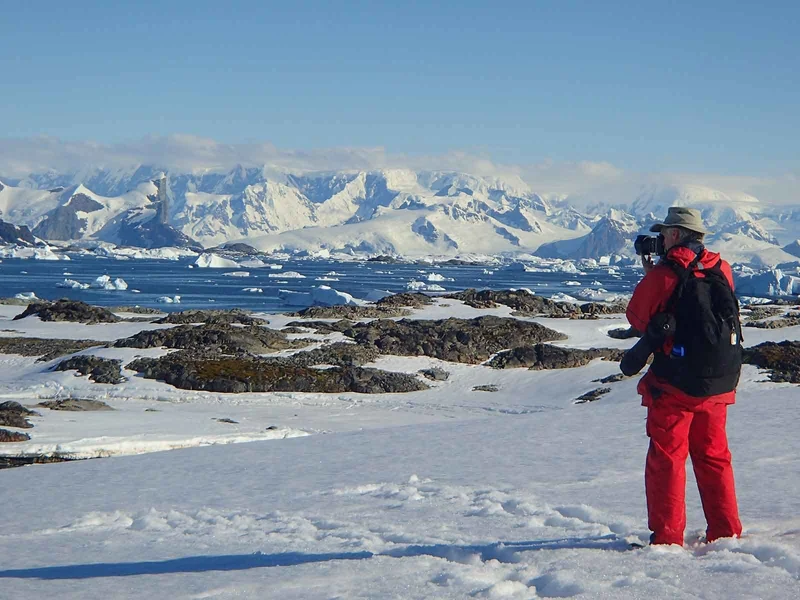
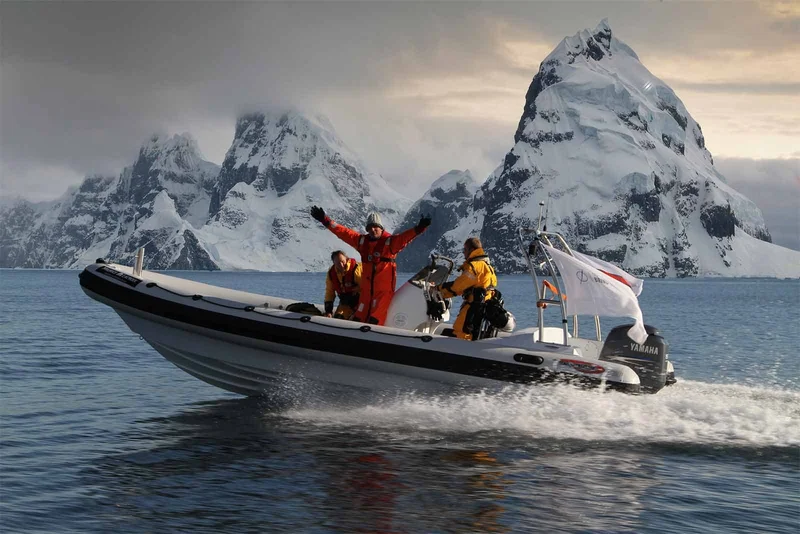
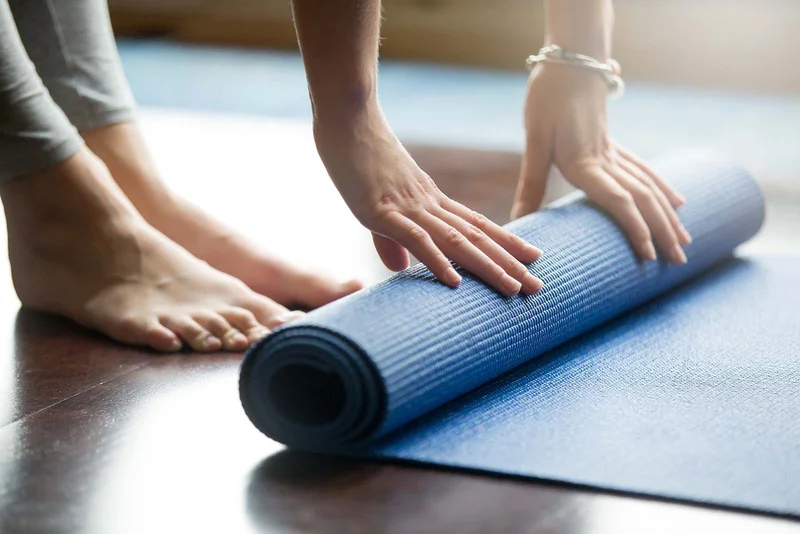
Animals you might see on this itinerary
Falkland Islands, South Georgia & Antarctica
Why travel with us?
Would you like to know why booking with us is the best choice?
Discover the BenefitsSimilar Itineraries



